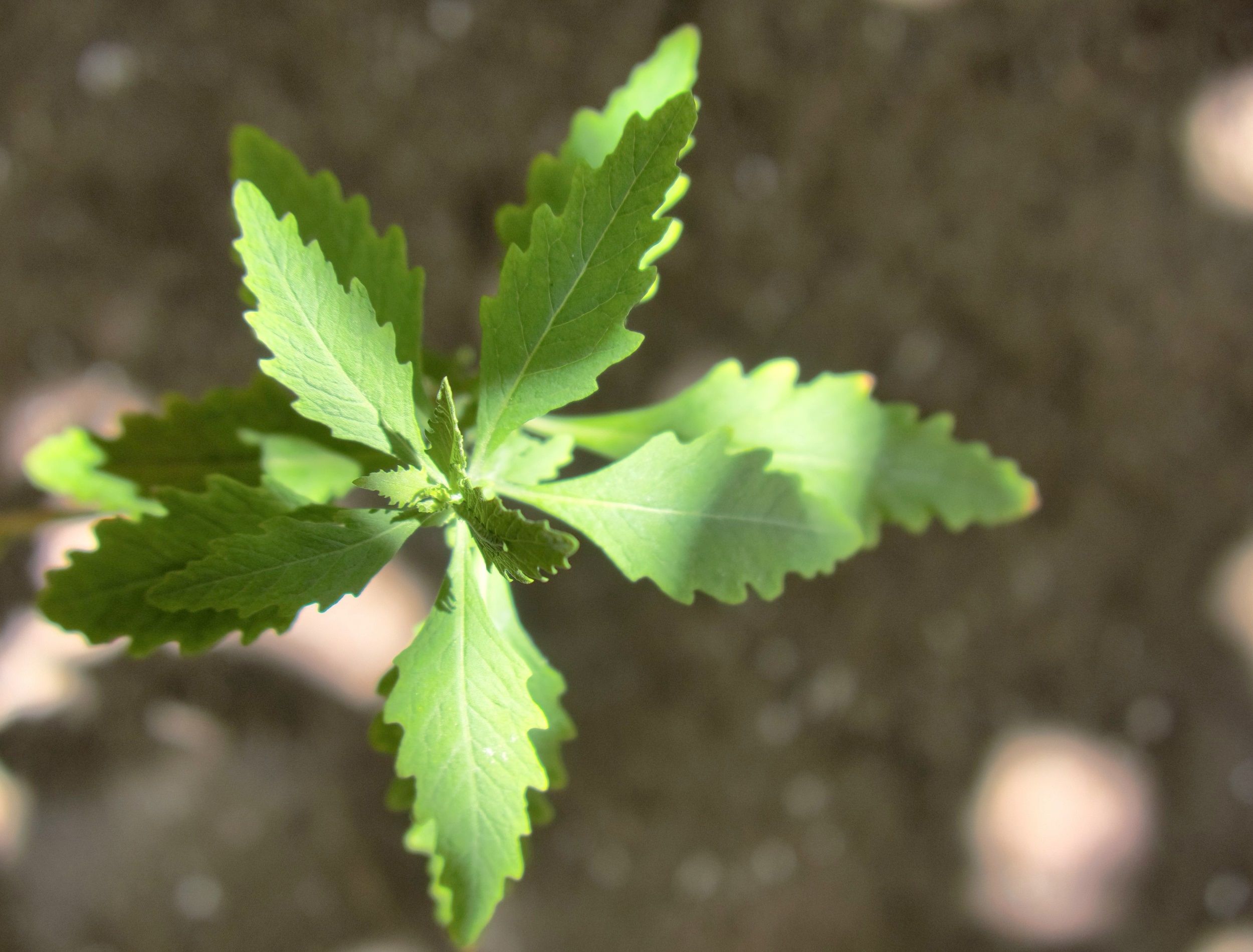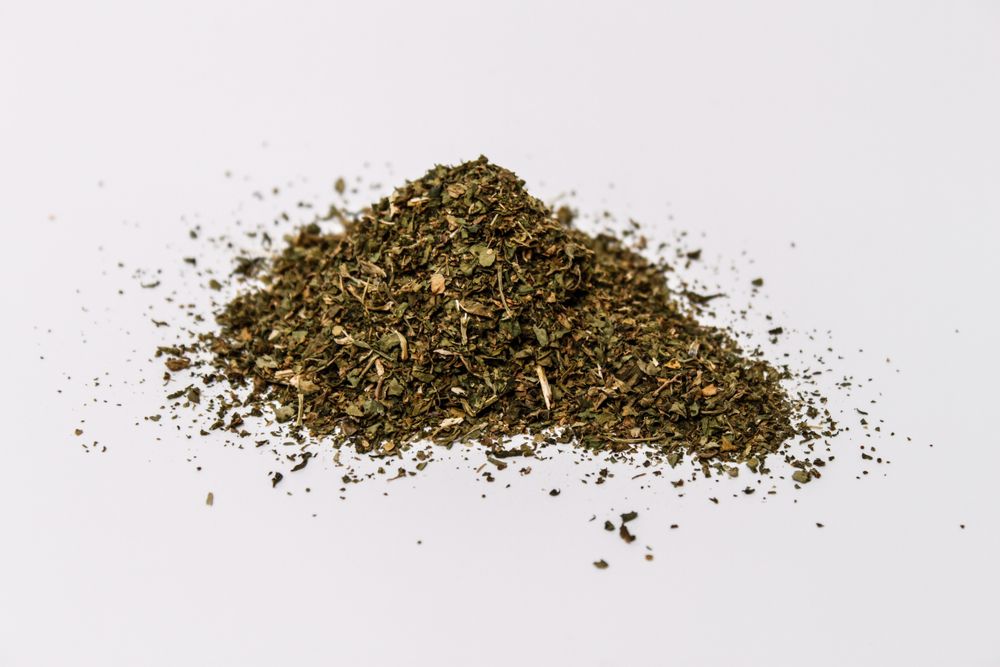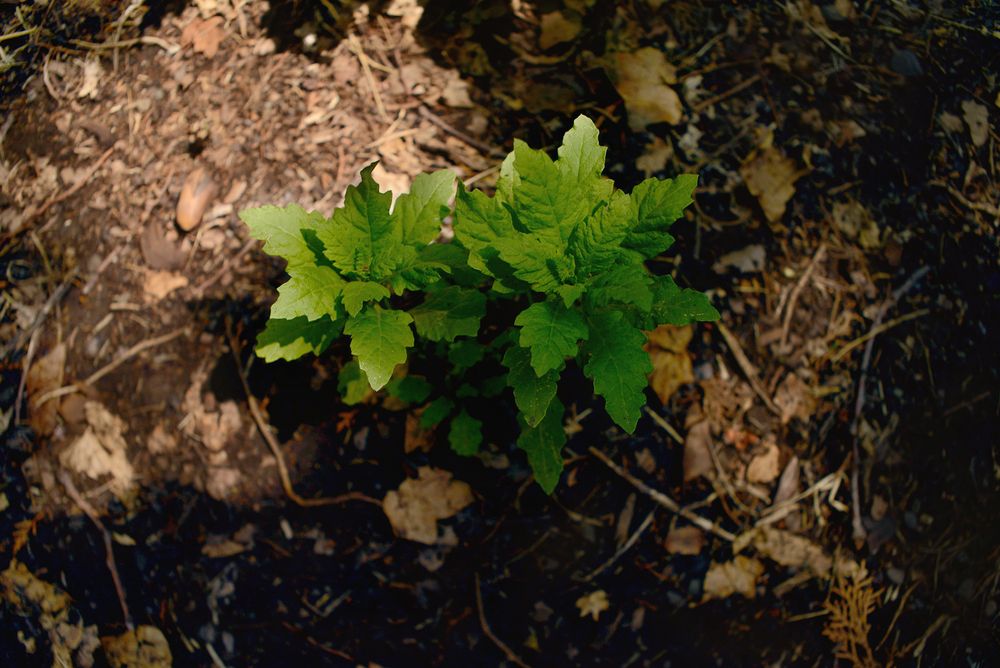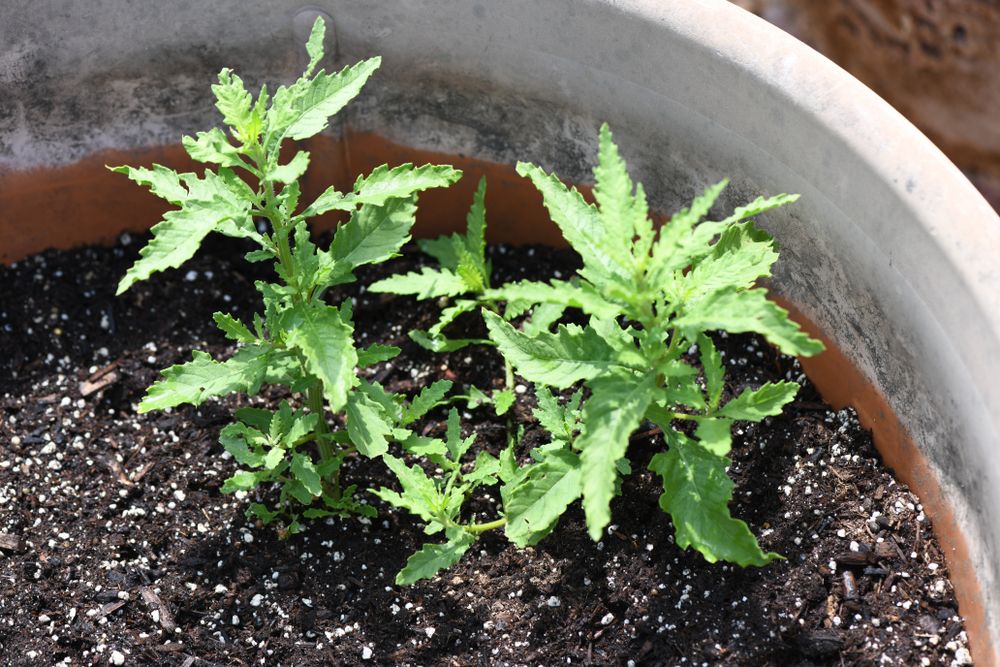Do you love tacos, enchiladas, salsa, moles, and tamales? If you ate any of these dishes at an authentic establishment, then you’ve probably already tried epazote. However, there are a lot of strong spices in these types of cuisine. So, even if you’ve consumed epazote, you may have had trouble picking out its distinctive smell and flavor.
Epazote is a unique plant you can find in many Mexican grocery stores -- Some say it tastes similar to licorice or oregano. If you’re curious about what it exactly is, as well as its uses and benefits, read on to find out more.
What is Epazote?
Epazote (Dysphania ambrosioides), also known as Mexican tea, is an edible and medicinal herb from the amaranth family. The word epazote means "skunk sweat," which is an appropriate description of how it smells. The unique, pungent odor smells of a mix of turpentine, skunk, citrus, and gasoline. Depending on the variety and the gardener’s nose, it may smell slightly different to everyone.
Soft, notched leaves are common in Mexican and Caribbean dishes. The robust flavor is one of the reasons for this herb's extensive use in these cuisines. Thankfully, epazote doesn’t taste as it smells, but it does require a bit of an acquired palate. There isn’t another spice like it; epazote adds strong peppery and minty notes to many dishes.
Health Benefits of Epazote
Image credits: Berrio Design Studio LLC via Shutterstock
The main health benefits of epazote are its ability to reduce flatulence, indigestion, and stomach discomfort. These bean-heavy cuisines use epazote to their benefit for this reason; to reduce gas. It is also a good source of fiber, calcium, copper, iron, magnesium, phosphorus, selenium, zinc, vitamin a, vitamin c, and vitamin b. What more could you ask for!
This herb is incredibly versatile, treating a variety of ailments. As a medicinal herb, epazote can minimize menstrual cramps, treat ulcers, and eczema, expel intestinal hookworms, and prevent certain cancers. And, this is just the tip of the iceberg.
Note: Epazote is not recommended for pregnant or nursing women. Always consult your doctor before starting new herbal remedies.
Epazote in the Wild
Image credits: Tres-.Diez via Shutterstock
Epazote grows as a perennial herb in its native environment in South America, Central America, and southern Mexico. Although it prefers hotter climates, it can also survive mild frosts. When mature, the herb stands two to four feet tall and a couple of feet wide. Known to survive even between cracks in walkways, it spreads quickly and can become invasive.
It thrives in full sun, is drought resistant once established, and produces small green and white clustered flowers that excrete the potent smell. But, don't be so quick to stop and smell this herb as the scent is detectable from a few feet away. The flowers also attract good bugs that can protect neighboring plants from insect infestations.
Epazote in the Kitchen
Image credit: ROMAN ODINTSOV via Pexels
Epazote leaves are a staple when cooking Mexican and Caribbean food. You can use and find them in many dishes, such as stews, sauces, and soups. Like most herbs, they are best when used fresh, but you can also use them dried, especially to make tea; hence its nickname, Mexican tea.
Epazote can be toxic in large quantities. The toxicity comes from ascaridole, a concentrated, organic compound found in the plant’s oil and flowers. The herb can actually be used as an explosive in pure form.
You are unlikely to feel ill after eating a few leaves, but be careful with the plant around children, pets, and of course, pregnant women. The oils and flowers can cause vomiting and an upset stomach.
If you’re trying epazote for the first time, start with small amounts. A little bit goes a long way!
Epazote in the Garden
Image credits: Danae Abreu via Shutterstock
In the garden, epazote is easy to cultivate. You can grow it from seed or transplant it if it's native to your area. Starting to grow epazote inside is a great way to get a head start on the process.
Epazote is a hardy plant that is capable of thriving in many conditions. The herb will enjoy temperatures between 59 and 95 degrees Fahrenheit in well draining, fertile, and aerated soil. For the best harvest try to keep the soil pH between 5.2 and 8.3.
It’s a relatively fast-growing crop, only taking 50 days to mature, and one plant will provide you with up to two ounces of epazote for your home kitchen. If you live in a hotter climate, you may want to plant your epazote in a pot to prevent it from taking over your garden.
You can also use crushed epazote leaves to help repel ants and other destructive insects. However, the ascaridole toxin in the leaves can inhibit the growth of surrounding plants, so it’s not a good idea to place epazote too close to other crops. In addition, avoid planting it near plants that are still trying to establish as it may stunt their growth.
Expand Your Herbs With Epazote
Epazote is a unique herb to add to your garden or spice cabinet. It’s easy to grow and has many uses and health benefits. Once you try it, you’ll never forget its pungent smell and taste. The next time you make tacos, don’t forget the epazote!
Have you tried epazote before? Share your experience in the comments!





